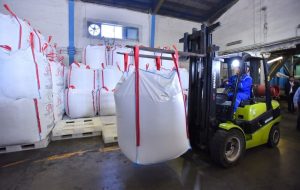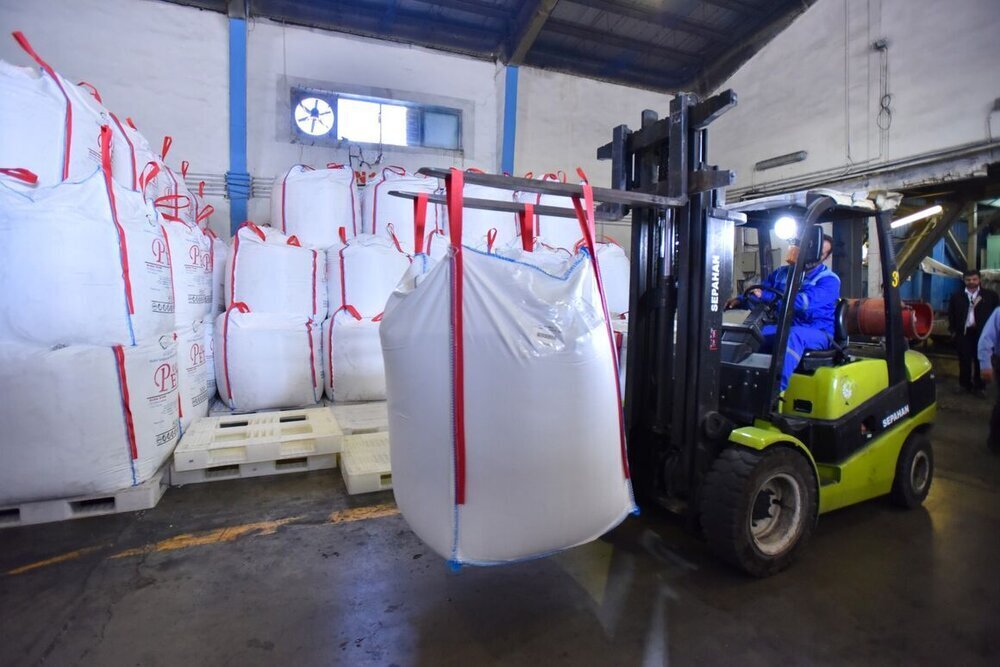Petchem exports reach $10b in 9 months
TEHRAN – Iran’s petrochemical industry achieved $10 billion in exports during the first nine months of the Iranian calendar year 1403 (March-December 2024), with projections suggesting the figure could reach $13 billion by year-end, a senior official announced. Hassan Abbaszadeh, the head of the National Petrochemical Company (NPC), revealed the figures on Saturday, January 11,


TEHRAN – Iran’s petrochemical industry achieved $10 billion in exports during the first nine months of the Iranian calendar year 1403 (March-December 2024), with projections suggesting the figure could reach $13 billion by year-end, a senior official announced.
Hassan Abbaszadeh, the head of the National Petrochemical Company (NPC), revealed the figures on Saturday, January 11, during a meeting with Oil Ministry officials, including First Vice President Mohammad Reza Aref, Shana reported.
He highlighted the industry’s robust role in the economy, noting its 70 production complexes and three utility complexes. “Eighty-five percent of the petrochemical industry is concentrated in holding companies, primarily under pension funds, while 15 percent belongs to private enterprises,” Abbaszadeh said.
In addition to exports, the sector supplied $10 billion worth of feedstock to downstream industries, benefiting sectors such as polymers, footwear, apparel, and detergents.
Abbaszadeh emphasized that the seventh national development plan includes 61 petrochemical projects aimed at completing the industry’s value chain. Unlike earlier plans that prioritized capacity expansion, the current strategy targets a production capacity of 131.5 million tons by 2028 in segments like methanol, polyethylene, and ethylene.
“Though this approach is more challenging, it fosters value-added production and helps advance the industry’s value chain,” he said, adding that NPC will monitor and prioritize projects aligned with these goals.
The petrochemical projects in the seventh plan require $24 billion in investments, with $12 billion already spent, achieving an average physical progress of 50 percent. Abbaszadeh noted that the remaining $12 billion will be invested to complete these projects.
Efforts are also underway to sustain feedstock supplies by investing in gas collection projects. Agreements have been signed for petrochemical companies to participate in the development of smaller gas fields to ensure reliable feedstock supply.
The petrochemical sector has entered the energy optimization field to address gas feedstock challenges. Abbaszadeh said the industry is working with colder regions to promote energy-saving practices and upgrade equipment, freeing up natural gas for feedstock.
He also pointed to ongoing investments in renewable energy, with several petrochemical firms signing contracts to establish solar and wind power plants. For instance, Kaveh Methanol Company plans to generate 800 MW of solar power and 500 MW of wind power for its operations.
The official underscored the importance of proper land use planning tailored to local water resources, existing industries, and feedstock availability. This approach will enable provincial authorities to attract downstream investments.
The NPC is also exploring new export markets through a customer portfolio development study, aiming to expand beyond traditional clients. “We will prioritize projects with higher value-added potential and focus on diversifying our export markets in collaboration with petrochemical holding companies,” Abbaszadeh said.
The Iranian petrochemical industry continues to play a vital role in driving economic growth, with significant investments aimed at enhancing value chains, expanding export markets, and improving energy efficiency.
EF/
